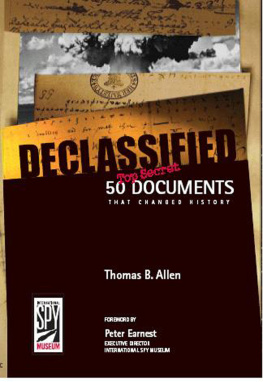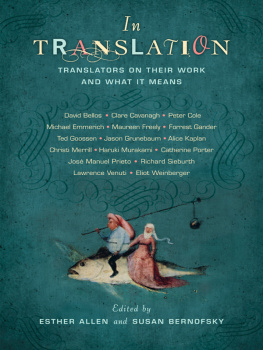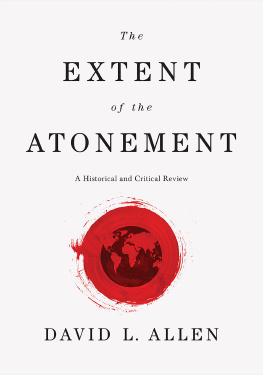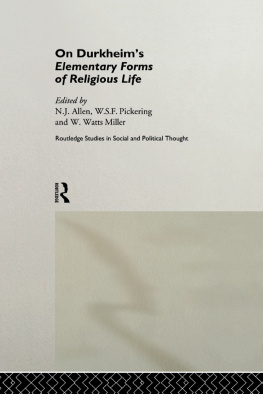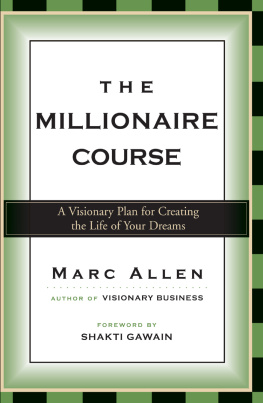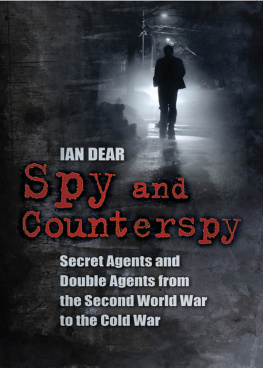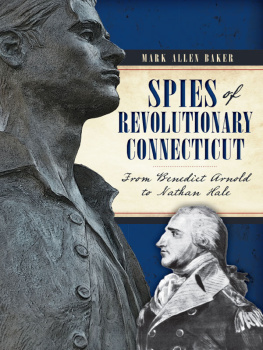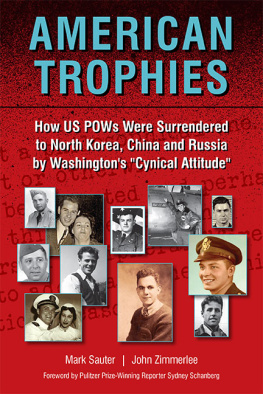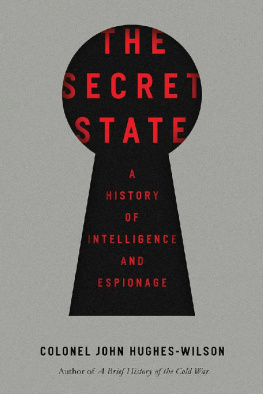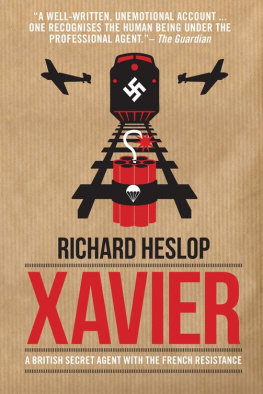INTRODUCTION
If These Documents Could Talk
T HERE IS A SPECIAL EXCITEMENT IN DISCOVERING HIDDEN WORLDS , whether revealed on a hazardous trek through dense jungles or discovered after scholarly research into dusty archives. The archaeologist coming unexpectedly upon ancient ruins changes forever our view of the world, or rather, shows that world to us through new eyes. So, too, the lone scholar culling through dimly lit stacks and sealed archives has a similar experience, uncovering hidden words that have been buried under layers of fragmentary information, falsehoods, and in some cases outright deception.
Documents and records in themselves, of course, are but words on paper, but they serve as windows into the principal actors, policies, and machinations that have played a role in revolutions, wars, assassinations, and other momentous events that changed the course of history.
One of the International Spy Museums prized artifacts is a letter from General George Washington to one Nathanial Sackett with instructions for him to form an espionage network in British-occupied New York City. Always fascinating to visitors, the letter bears silent testimony to Washingtons keen interest in timely and accurate intelligence from firsthand sources. That and his employment of classic espionage tradecraft and covert deception led later generations of intelligence officers to consider him the Father of American Intelligence.
Serving in the Clandestine Service of the Central Intelligence Agency for 36 years, I dealt firsthand with highly classified and sensitive files and records. On one occasion, I signed the approval for the first collection of declassified records of the Office of Strategic Services (OSS), the CIAs predecessor, to be transferred to the National Archives and Records Administration for eventual release to the public. These were secrets of wartime covert operations that had been under seal for over 40 years.
Later in the CIA, I was responsible for a roomful of records bearing on the assassination of President John F. Kennedy. Agency sources all over the world had been tasked for any information in any way relating to that traumatic event. These records too would eventually be brought to light. On each occasion, I sensed that blanks in the historical record would finally be filled.
In 1994 Benjamin Weiser, then a reporter with the Washington Post , sent Director of Central Intelligence Robert Gates a request for special permission for me to research the top secret records of the CIAs most secret and productive source in Poland during critical years of the Cold War, 1972-1981. The source was Col. Ryszard Kuklinski who served on the Polish General Staff and who secretly volunteered to act as a source for American intelligence. That research served as the narrative basis for Weisers book, A Secret Life: The Polish Officer, His Covert Mission, and the Price He Paid to Save His Country .
Kuklinski provided his agency handlers with over 40,000 top secret documents on the Soviet-run Warsaw Pact and early warnings of Polish government plans to impose martial law and to facilitate Soviet military entry into Poland. Kuklinskis timely intelligence led the Carter administration to warn the Soviets against invading Polanda major setback for the USSR at the height of the Cold War.
In Declassified, Tom Allen, a respected writer of American history, describes 50 documents and records that were either classified or whose origins were shrouded in mystery and deceit. They range widely: Spains top secret plans to launch a naval armada against England obtained by Sir Francis Walsingham, spymaster to Elizabeth I; the captured encrypted message of Dr. Benjamin Church, a prominent American revolutionary, which exposed him as a spy for the British; Maj. Gen. Benedict Arnolds secret message to the British offering to sell American secrets and change sides; and, finally, the secret letter FBI turncoat Special Agent Robert Hanssen sent to Soviet Intelligence offering to spy for themwhich he successfully did for almost 20 years!
But more than simply listing and describing these fascinating documents, Allen gives us a context, a picture of the world and times in which they were created and in which they were to play a pivotal role. He takes us behind the scenes and enables us to see and understand those times more clearly.
As you read these documentssome declassified by governments, others that have come to light via more circuitous routesrecall and reflect on the headline-making events they affected. Consider the dark secrets they concealed until the passage of time brought them to light. Would historys course have run differently had their secrets been uncovered earlier? And what secrets still lie buried that could alter the course of our own times?
P ETER E ARNEST , E XECUTIVE D IRECTOR , I NTERNATIONAL S PY M USEUM

